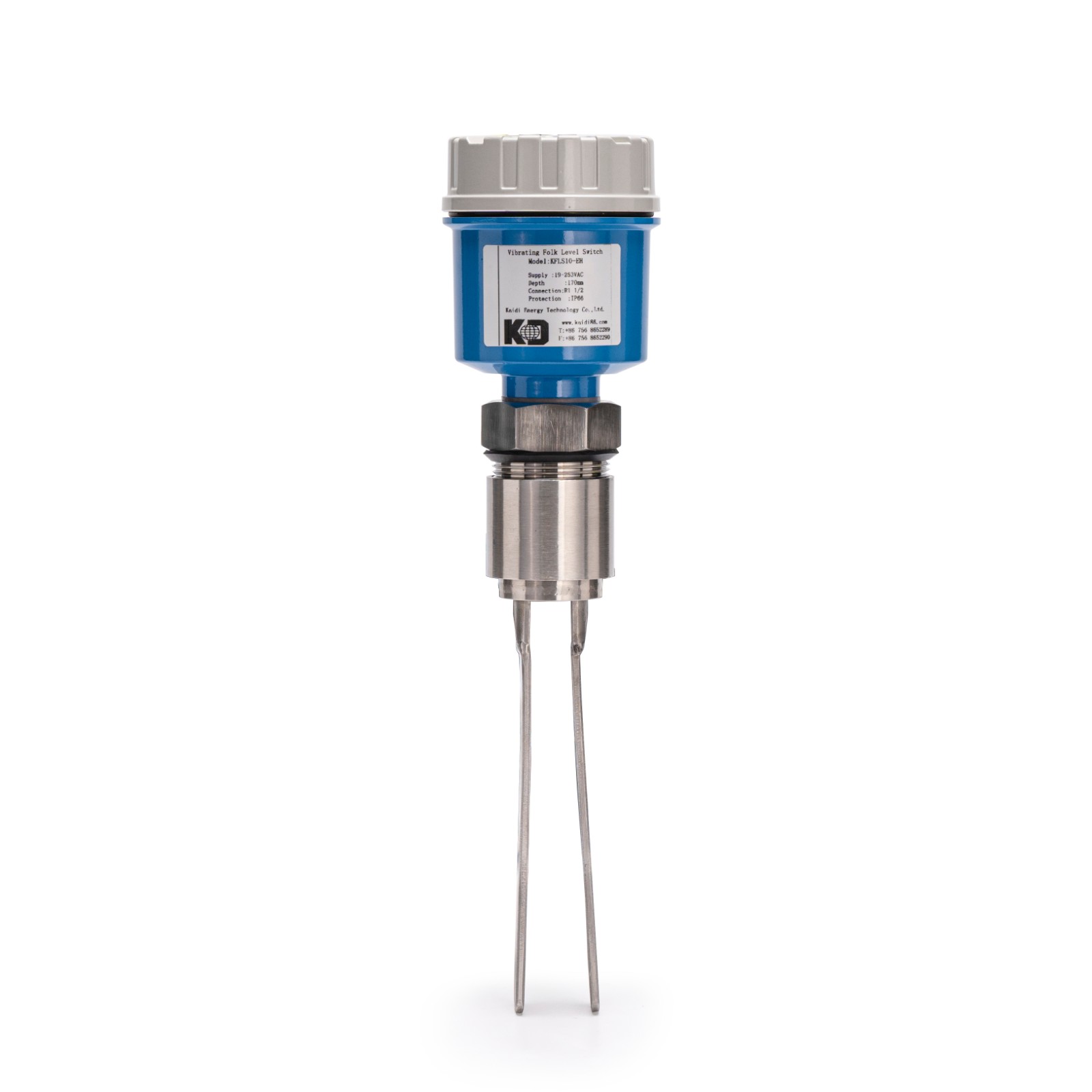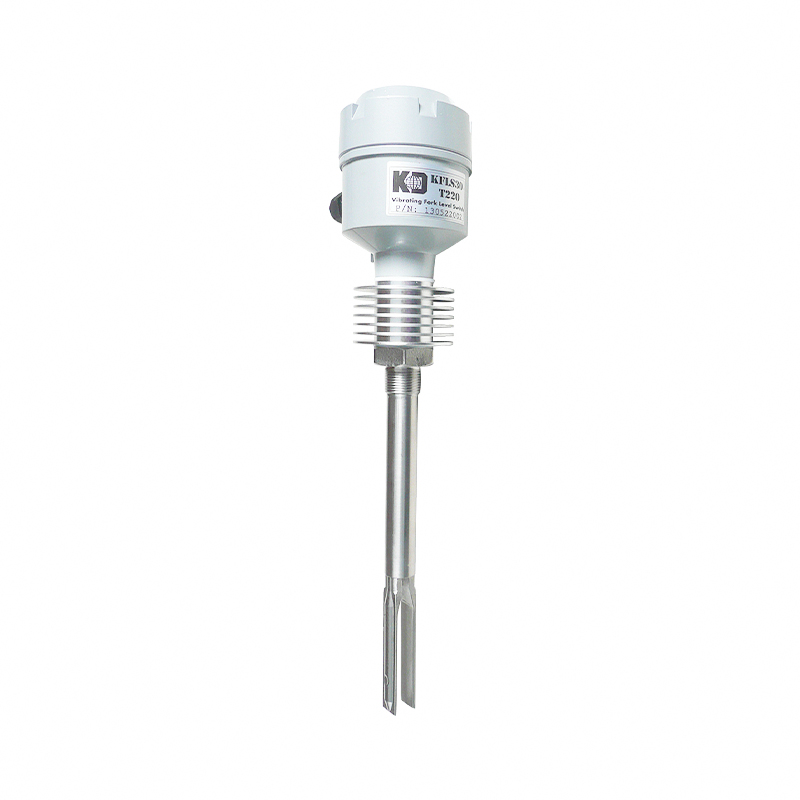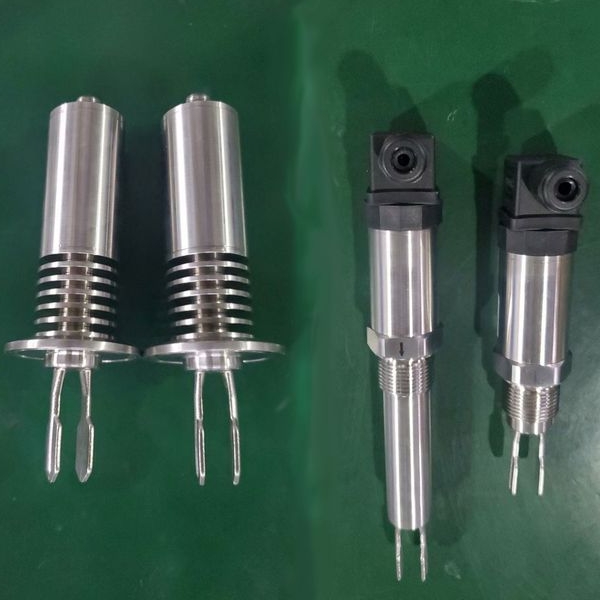BETTER TOUCH BETTER BUSINESS
Contact Sales at KAIDI.
Tuning fork level switch is a level measuring instrument based on the principle of cantilever beam vibration, using tuning fork as a vibration probe, and using piezoelectric element to drive and detect tuning fork vibration. When the tuning fork is not in contact with the material, it will vibrate freely at the resonant frequency. When the tuning fork is in contact with the material to be measured, the vibration amplitude of the tuning fork will be significantly reduced, and the output signal amplitude of the piezoelectric detector will also be reduced accordingly. The main control circuit will detect and analyze the signal change and output the switching signal. Specially designed for measuring powder and fine particles of solid material level switch, it can measure fine sand, fine chemical materials, flour, salt and other materials, especially suitable for ultra-low density material level measurement, with wide adaptability and high reliability.
However, since the use of the place is complex and the working conditions vary greatly, users need to choose the corresponding model of tuning fork level switch according to their own working conditions and specific requirements when purchasing.

I. Selecting tuning fork level switch
Usually, users should pay attention to the following points when choosing tuning fork level switches:
1. Connection method: The common process connection methods of tuning fork level switches are flange connection, thread connection and clamp connection. In actual application, the connection method should be determined according to the requirements of the site working conditions.
2. Output mode: The output mode of tuning fork level switch is relay, two-wire system, PNP or NAMUR, among which relay output mode is widely used. Users should combine the requirements of the site conditions, communicate fully with the manufacturer and make reasonable selection.

3. Insertion depth: The determination of the insertion depth is directly related to the selection of the length of the probe. Users should fully consider the wall thickness of the site tank or the height of the riser to choose, to avoid the probe is too long or too short, because too long will increase the cost of use, too short will not be able to contact the material, can not be measured properly.
4. Flammable and explosive: When choosing the model, you should also confirm whether the site is flammable and explosive. If the site is flammable and explosive, the tuning fork type level switch with explosion-proof function (such as explosion-proof, intrinsically safe, dust explosion-proof) should be considered. If there is no risk of flammability or explosion, there is no need to choose a tuning fork level switch with explosion-proof function.

5. Sealing requirements: If the site is dusty or water vapor, choose a level switch tuning fork types with better sealing performance and higher protection level under harsh working conditions.
6. Anti-vibration requirements: The material in the silo usually has a hollow "bridge" phenomenon, resulting in false material level. In response to this situation, users often use the method of hitting the silo wall to eliminate, objectively requiring the tuning fork level switch's ability to resist vibration. Therefore, when choosing a model, choose a tuning fork level switch with good anti-vibration performance.
We are here to help you! If you close the chatbox, you will automatically receive a response from us via email. Please be sure to leave your contact details so that we can better assist